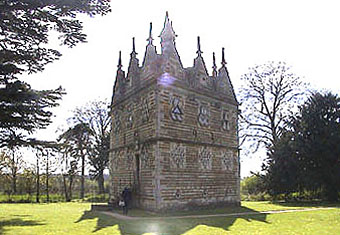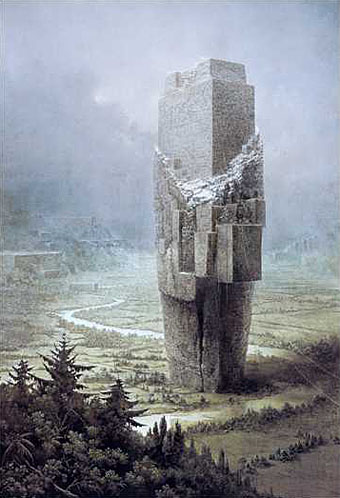
Frank Lloyd Wright’s architectural genius rather overreached itself with his 1956 proposal for a mile-high skyscraper of 528 floors situated in Chicago and to be named The Illinois. A building of this size would have severely tested the engineering capabilities of the time (bear in mind that the world’s tallest skyscraper was still the Empire State Building) and would provide difficulties even today. Aside from the obvious fire hazards, the topmost floors would need some form of weighting in order to prevent their swaying violently in the wind. Then there’s the question of moving around the people who live or work there. So many elevator and service ducts are required for a structure of this size that the lower floors are almost entirely taken up by the core shafts that run through the building which makes very tall buildings uneconomical when so much valuable rental space is lost.
Wright was 89 years old in 1956 so The Illinois represented his last hurrah; having changed the face of 20th century architecture he’d obviously decided to go out on a high point, as it were. I often wonder whether he expected that it might eventually be built, just as the medieval cathedral builders drew up plans that they knew they’d never see completed in their lifetimes.
Previously on { feuilleton }
• Frank Lloyd Wright’s future city



